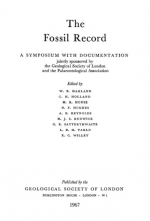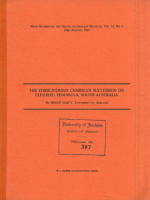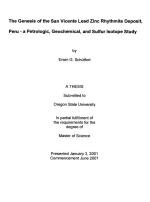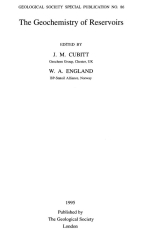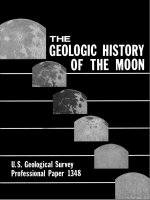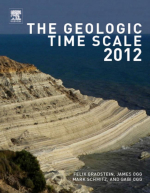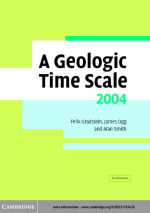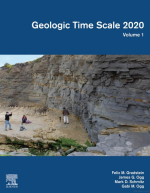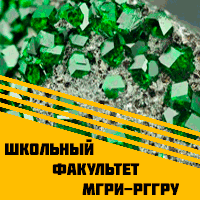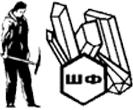More than fifty significant porphyry copper deposits are distributed over a 2000 km interval within the U.S. and Mexico, following a trend subparallel to the southwestern margin of North America. These include giant supergene enriched deposits such as those at Morenci in Arizona (4.7 Gt @ 0.52% Cu) and Cananea (7.1 Gt @ 0.42% Cu) in Sonora, Mexico.
The porphyry copper deposits of southwestern North America were developed in a continental margin cratonic setting, above a subduction zone that was active largely from the Early Mesozoic to the Late-Tertiary. While significant ore deposits of Jurassic to Mid-Tertiary age are known, the majority were emplaced between 72 and 55 Ma, during the peak of magmatic activity along the Laramide Arc. Laramide magmatism and crustal shortening ceased by around 50 Ma, in the mid Eocene, to be followed by a 15 m.y. period of magmatic quiescence, erosion and localised continental sedimentation, the Eocene Epeirogeny. This was succeeded from around 35 Ma by the Mid-Tertiary Orogeny, which persisted through the Oligocene to the Early Miocene and resulted in renewed, widespread volcanism, and by crustal extension. Extension was characterised by the development of listric, detachment and strike-slip faults, associated listric tilting of up to 60° or more, and the uplift and exposure of metamorphic core complexes. During the Mid- to Late-Miocene, between 18 and 10 Ma, the nature of tectonism in the region changed through a period of transition, from an extensional to a block faulted 'basin and range' regime which persists locally to the present. The typical basins are grabens or half grabens, with structural relief between the base of sediment filled basins and the crests of the adjacent ranges of from 2 to 4 km, and sometimes more than 6 km.


